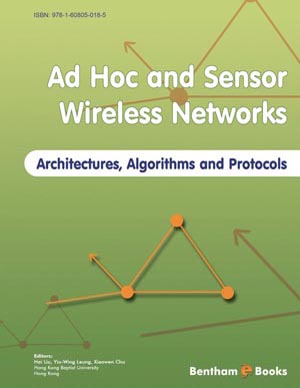Abstract
The whole world is going through an unprecedented crisis in the wake of the
Coronavirus disease (COVID-19) outbreak resulting in lockdowns and imposing
restrictions on economic activities. Governments are leveraging technology for
identifying, monitoring, tracking, and containing active cases using mobile apps. Many
countries have developed and deployed COVID-19 mobile apps to track patients, trace
contacts of infected people, and provide services and facilities medicines to needy
people. Indian government developed the “AarogyaSetu” app to track infected patients.
However, the utility of these apps, their effectiveness, their usability score raises many
open questions. A description of usability, usability attributes, and usability evaluation
methods for such apps are presented in this chapter. The chapter also covers the results
of practical experiments due to COVID-19 mobile apps from different countries and
different apps developed by various states in India and shows the calculated usability
score. This chapter will help the reader to understand the usability of COVID-19
mobile apps. A questionnaire collects usability attributes like efficiency, effectiveness,
user satisfaction, user feedback, etc. In the questionnaire, usability evaluators prepared
ten questions about each attribute, each question having five responses from strongly
agree to strongly disagree. These responses are evaluated and used to calculate the
app's usability score using the System Usability Scale (SUS) tool. Using this score will
help governments and organizations identify problem areas and improve the usability
score.
Keywords: Centralized apps, Contact tracing, Coronavirus, COVID-19, Decentralized apps, Empirical study, India's Aarogyasetu, Mobile applications, Questionnaire, QUIS, SUS, Track patients, Usability, Usability attributes, Usability evaluation, Usability evaluators, Usability models, Usability score, Usability scorecard, Usability standards.


















